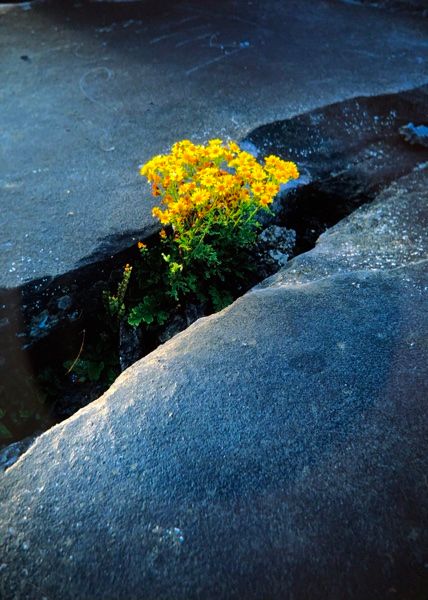Throwback Thursday: The Burren

In County Clare on the West Coast of Ireland is a spot where the lucious green and many feet of peat were stripped away to reveal the limestone skeleton of Ireland. When compared to the vivid green that covers the rest of the country, the Burren (translated as “Great Rock”) is a stark contrast. If you stand in the middle, it’s barren rock as far as you can see with the starkness occasional interrupted by a burial dolmen of some ancient chieftain.
For years it was assumed that glaciers were the culprit that peeled back the green. But it’s recently been discovered (through examination of the depths of nearby peat) that Bronze-Age farmers cut away the pines and hazels 2,500 years ago to raise cattle and sheep. This is likely what caused up the erosion.
You’d think the goal would now be to heal this 100 square-mile boo-boo on the emerald skin of Ireland, but no: it’s become much more complex than that. With 60 inches of rainfall a year (comparable to Hawaii or Louisiana) it’s likely that the Burren could eventually heal itself with the green growing in from the edges and help from farmers planting grazing lands. But there’s a ecological-based movement afoot to stop that. Why?
The Burren is now inhabited by unique flora and fauna that struggle to survive here, but couldn’t survive at all in the blanket of ryegrass and clover that has a dense hold over the rest of Ireland. These species, like orchids and butterflies adapted to the grykes (cracks in the limestone) and established their own delicate ecosystem in this starkness. It’s uniqueness has been deemed worth protecting.
As they say, nature adapts. And I guess the universal mindset does too.
Read more Throwback Thursday stories. “Link to index of related articles”
